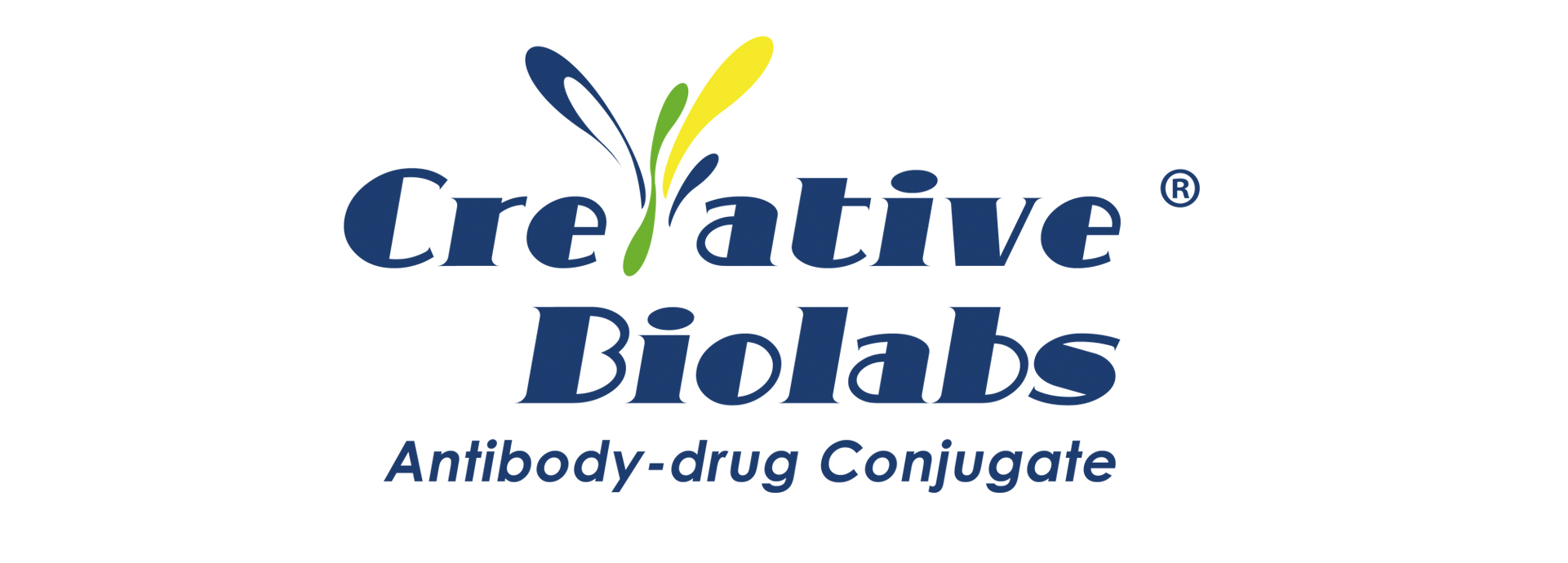The cure of cancer is not the only goal on the table and the very best are antibody-drug conjugates. These innovative drugs combine monoclonal antibodies with cytotoxic chemotherapies to deliver highly targeted therapy that attacks cancer cells while minimizing harm to healthy tissues. In this blog, we dive into ADCs—how they’re designed, produced, their advantages and challenges, and their applications in cancer therapy.
What Are Antibody-Drug Conjugates (ADCs)?
ADCs are biopharmaceuticals that connect antibodies to cytotoxic drugs using chemical linkers. The antibody component specifically targets antigens on the surface of cancer cells. Once bound, the cytotoxic drug is delivered directly into the cancer cells, where it is released to kill them.
Key Components of an ADC
Monoclonal Antibody (mAb): The mAb targets specific antigens found only on cancer cells, leaving normal cells unaffected. This precision ensures the therapy is highly selective.
Cytotoxic Drug (Payload): The payload is a highly potent drug designed to destroy cancer cells. These drugs are too toxic to be administered on their own but are safe when delivered via ADCs.
Linker: The linker connects the antibody to the payload. It must be stable enough to hold the payload until the ADC reaches the cancer cell but must also release the payload effectively once inside the target cell..
How Do ADCs Work?
It is 3 stage process of ADC’s most simple task:
1. Targeting: The mAb targets and kills an antigen (usually a protein that’s on the surface of the cancer cell) that’s active but over-expressed on the cancer cell. That antigen might be a receptor or other molecule, more widespread on tumour cells than on normal ones.
2. Internalization: Attached to the antigen, the ADC-antibody combination escapes into the cancer cell via endocytosis. When the ADC enters the cell, it’s wrapped in an endosome (a cell vesicle).
3. Payload Expulsion & Cell Mutation: As linker hit the cell, endosome/lysosome acid broke the linker from the cell and splintered off the cytotoxic chemical. And the drug grinds the wheels—the DNA-generation, or the creation of microtubules—and knocks it down (apoptotic death). The drug only works on the cancer cell itself, so in the classic chemotherapy there’s less collateral damage in the surrounding healthy tissue.
Antibody, Payload, Linker, and Other ADC Blocks.
Linkers : There are 2 types of linkers 1.
1. Squeaky Linkers: Linkers to break down in an internal cancer cell (low pH/enzymes).
2. Non-Cleavable Linkers: Linkers that don’t disintegrate inside the cell, but instead disintegrate the whole antibody-drug combination inside the cell, to exit the payload.
ADCs in Cancer Treatment: Cancer Therapy Targets.
ADCs are a third, and much more exciting candidate for any cancer. Killing of cancer cells or normal tissues at the same time is another advantage of ADCs.
1.Breast Cancer (HER2-Enhanced): Trastuzumab emtansine (Kadcyla®) targets the HER2 receptor in HER2-positive breast cancers. It significantly reduces recurrence and improves survival rates.
2. Lymphoma (CD30-Sequenced): Brentuximab vedotin (Adcetris®) targets CD30 antigens found on Hodgkin lymphoma and ALCL cells, showing great promise in relapsed cases.
3. Bladder Cancer (Nectin-4): Enfortumab vedotin (Padcev®) inhibits the overexpression of Nectin-4 protein in bladder cancer cells. It’s an ADC approved for local or advanced urothelial cancer.
4. Solid Tumors (EGFR, HER2, etc. ): ADCs targeting other receptors such as the epidermal growth factor receptor (EGFR) and HER2 are already in development for many solid tumors such as lung cancer, ovarian cancer, and gastric cancer.
Challenges and Limitations of ADCs
ADCs are not without drawbacks:
1. Toxicity: Premature release of the payload can harm healthy tissues, causing severe side effects like neutropenia or liver toxicity.
2. Target Antigen Variation: Not all cancer cells assemble the target antigen in the same manner, and some cancers form resistance against the ADC. The antigen sequence is broken or something else, for example, and the antibody won’t recognize the cancer cell.
3. Immunogenicity: Since ADCs are made with an unknown antibody, patients’ immune system is harmed, and unintentional reactions like allergic reaction can happen. Secondly, the relapse might even develop deadly antibodies against the ADC.
Future ADC Technologies and Market Trends.
The ADC field continues to evolve, with exciting advancements on the horizon:
1. Next-Generation Payloads: Researchers are exploring new payloads like radioactive isotopes and gene-editing tools for more precise therapies.
2.Bispecific ADCs: Bispecific antibodies detect two antigens at once. They could also be combined with ADCs to create bispecific ADCs for different tumor markers to extend the window of treatment and empty it of antigen heterogeneity.
3. ADCs as a Double-Handed Treatment: ADCs are more and more commonly combined with another treatment for optimal outcomes—immune checkpoint inhibitors or chemotherapy. These combinatorial solutions even skip some of the limitations of ADCs, toxicity or resistance, for instance.
Conclusion
More recent ADC treatments promise ultrasensitive therapies, safer, and more efficacious than chemotherapy. With ongoing innovations in payloads, linkers, and combination approaches, ADCs are poised to become a cornerstone of cancer medicine. Creative Biolabs is proud to support this transformative field, offering state-of-the-art services and products to advance ADC research and development.
Here’s a summary of the services and products:
